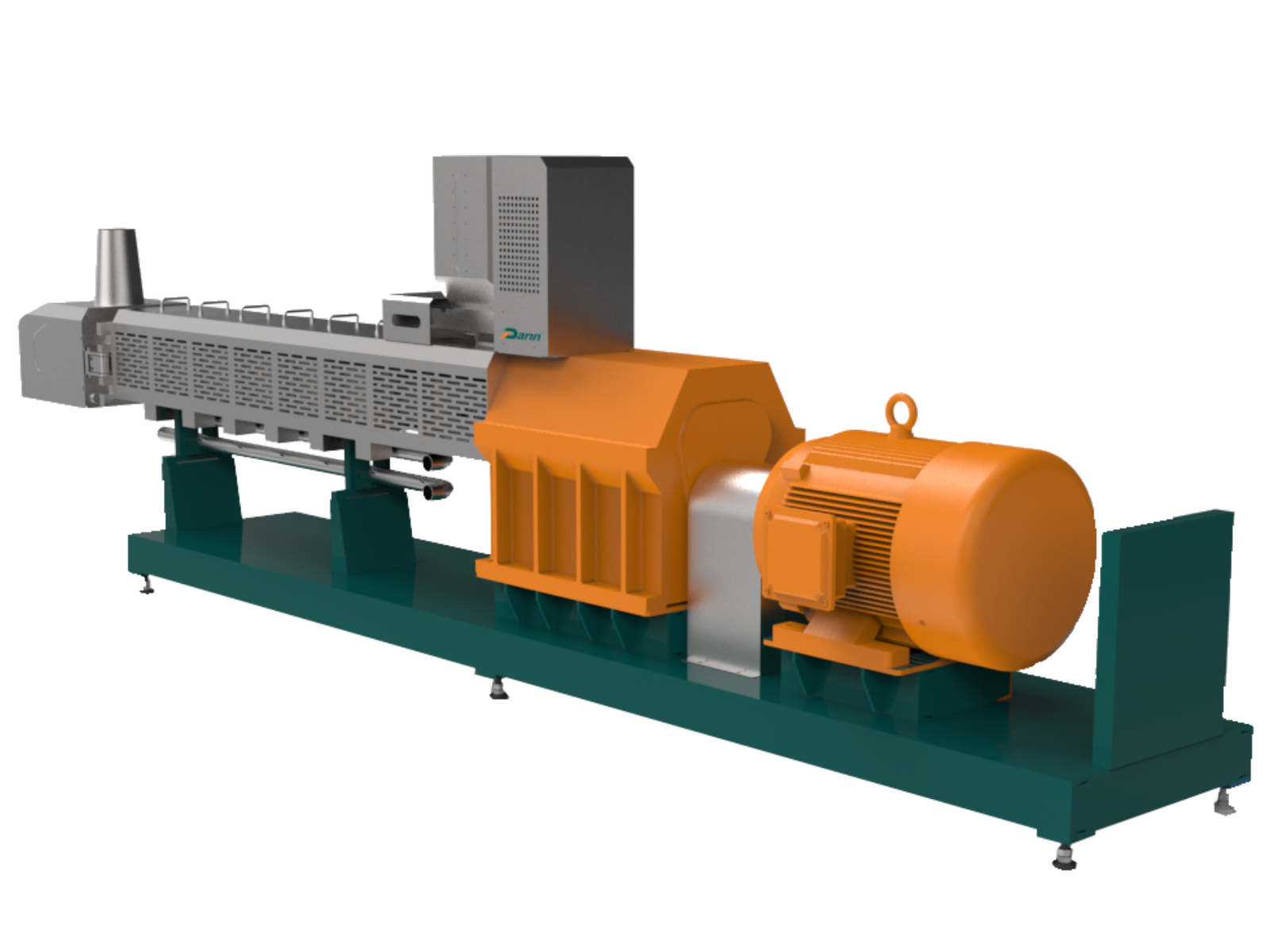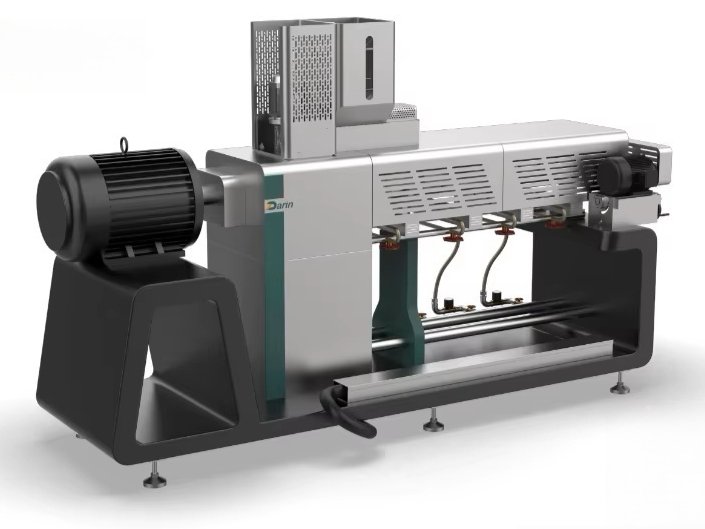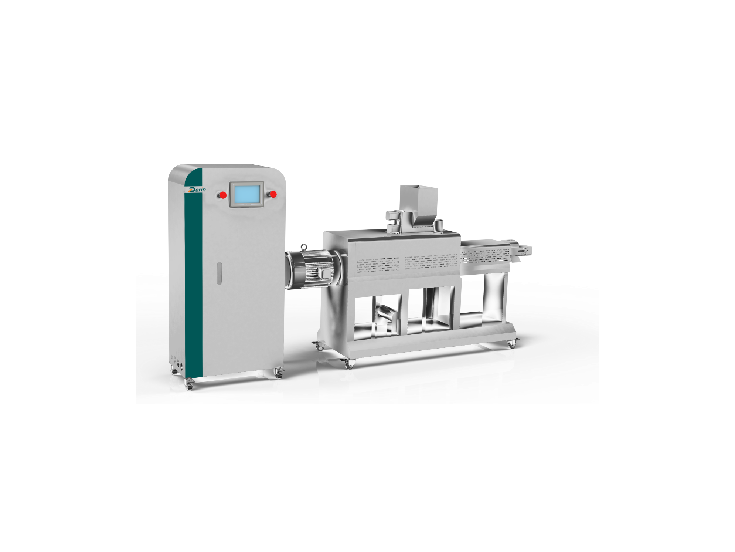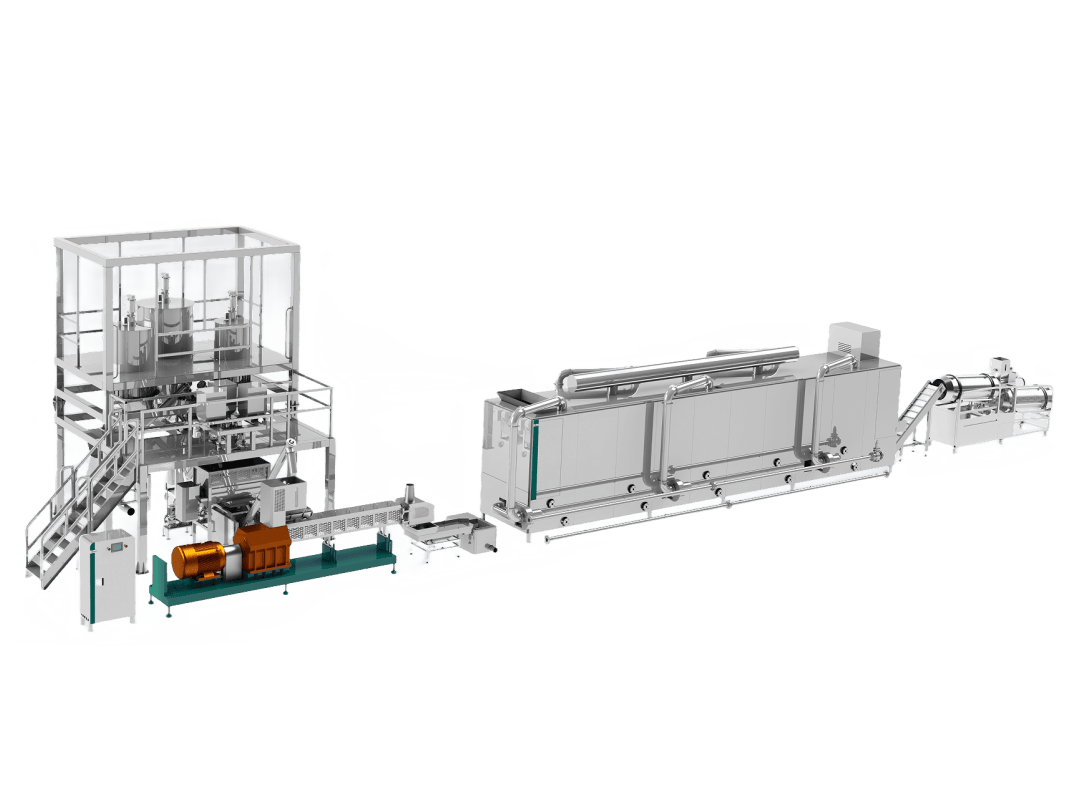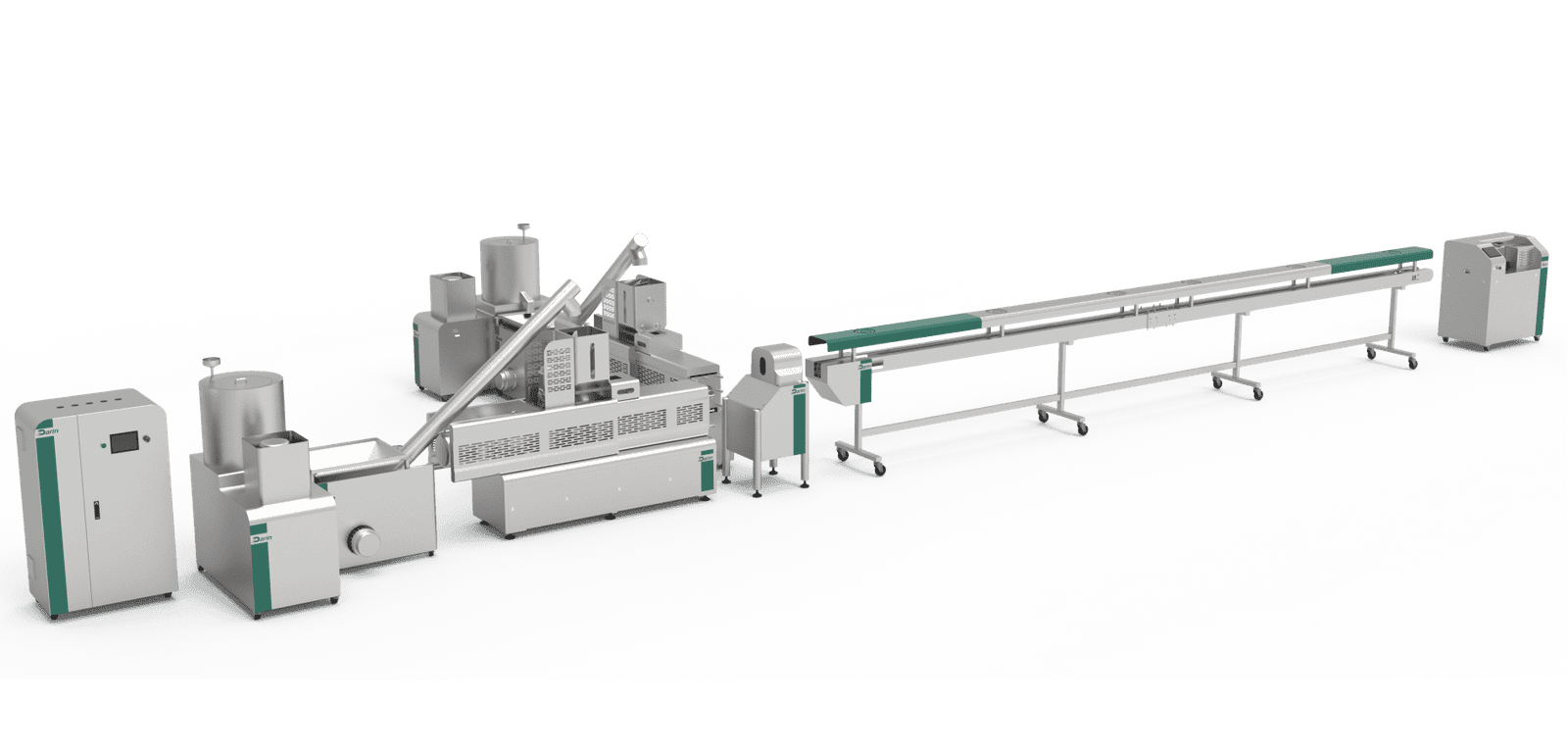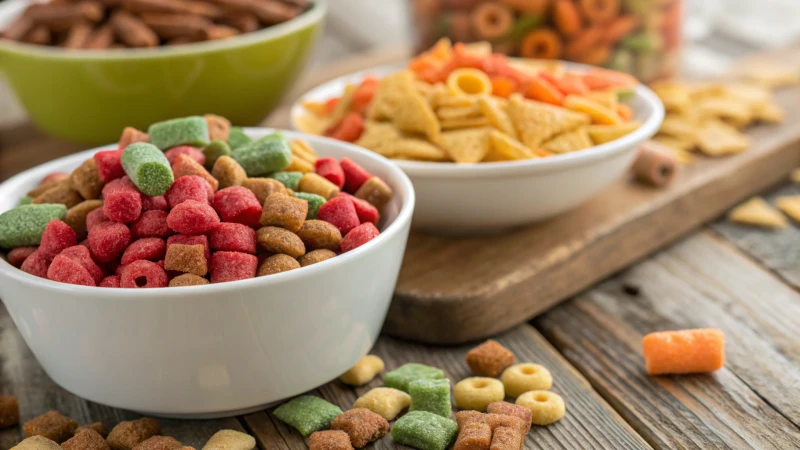
Introduction: Understanding the Impact of Extrusion on Nutrition
Extrusion is widely used in food processing to produce snacks, breakfast cereals, pet foods, and even plant-based protein alternatives. While this high-temperature, high-pressure process improves food texture, taste, and shelf life, it also raises concerns about the impact on nutritional quality.
Key Question: How does extrusion affect the nutritional value of food?
Extrusion can alter the nutritional quality of food by improving digestibility, reducing anti-nutrients, and enhancing bioavailability of certain nutrients while potentially degrading heat-sensitive vitamins and amino acids. The extent of these effects depends on processing conditions such as temperature, moisture, pressure, and screw speed.
In this article, we analyze the nutritional consequences of extrusion processing, backed by scientific research, industry applications, and real-world case studies.
What is Extrusion and How Does it Work?
Extrusion is a continuous food processing method that combines heat, pressure, and mechanical shear to transform raw ingredients into a final product with desired characteristics. The process typically involves the following steps:
- Ingredient Mixing – Dry and wet ingredients are blended.
- Pre-Conditioning – Moisture and heat are applied to soften ingredients.
- Extrusion Cooking – The mixture passes through a rotating screw under controlled temperature and pressure.
- Expansion & Cooling – The sudden pressure drop causes expansion, shaping the final product.
- Drying & Flavoring – Products are dried, coated with seasonings, or fortified with additional nutrients.
This process is crucial in industries like snack manufacturing, cereal production, and alternative protein development.
Macronutrient Changes Due to Extrusion
Protein Structure and Bioavailability
Extrusion influences protein structure in several ways:
- Denaturation & Digestibility Improvement: Heat and shear forces unfold protein molecules, making them more digestible.
- Formation of Protein Cross-Linking: In extreme conditions, Maillard reactions and cross-links (e.g., lysinoalanine) may reduce protein quality.
- Lysine Degradation: High temperatures can damage lysine, an essential amino acid, reducing protein bioavailability.
Case Study: Plant Proteins in Extrusion
Research on soy and pea proteins shows that extrusion enhances digestibility but may reduce sulfur-containing amino acids, necessitating careful formulation.
Carbohydrate Transformation
Extrusion dramatically alters carbohydrate structure:
- Starch Gelatinization: Improves digestibility and modifies texture.
- Resistant Starch Formation: Some resistant starch forms, which can benefit gut health.
- Reduction of Dietary Fiber: Some fiber degradation occurs, though insoluble fiber often remains.
Fat Stability
- Oxidation Risk: High temperatures accelerate lipid oxidation, leading to rancidity if not controlled.
- Retention of Healthy Lipids: Lipids are generally stable when extruded at moderate conditions.
- Encapsulation Benefits: Some techniques use extrusion to encapsulate omega-3s and other sensitive fats.
Effects on Micronutrients and Bioactive Compounds
Vitamins and Minerals
- Heat-Sensitive Vitamins: Vitamin C, B1 (thiamine), and B6 degrade significantly.
- Heat-Stable Vitamins: Vitamins A, D, E, and K remain largely intact.
- Mineral Retention: Minerals like iron, calcium, and zinc are stable, though their bioavailability may change.
Antioxidants and Phytochemicals
- Polyphenols and Flavonoids: Partial loss due to heat, but bioavailability may improve.
- Carotenoids: Sensitive to heat but may become more bioavailable in some cases.
Case Study: Fortified Cereals
Breakfast cereals enriched with iron and folic acid retain their nutritional value well after extrusion.
Impact on Anti-Nutritional Factors
One major advantage of extrusion is its ability to reduce anti-nutritional factors:
- Elimination of Trypsin Inhibitors: Found in legumes, trypsin inhibitors reduce protein digestion; extrusion effectively removes them.
- Reduction of Phytates: Phytates inhibit mineral absorption; extrusion can partially reduce them.
- Tannin Reduction: Improves protein and iron bioavailability.
Extrusion in Plant-Based Proteins and Fortified Foods
Extrusion plays a critical role in developing plant-based meat alternatives and fortified foods:
- Texture Modification: Used to create fibrous structures in plant-based proteins.
- Nutrient Fortification: Extruded snacks and cereals are enriched with essential vitamins and minerals.
Example: High-Protein Meat Alternatives
Extrusion is used to produce textured vegetable protein (TVP) and high-moisture meat analogs with improved chewiness and sensory appeal.
Optimization Strategies for Nutritional Retention
To minimize nutrient loss and maximize benefits, food manufacturers use several strategies:
- Lower Temperature, Shorter Processing Time: Reduces vitamin loss.
- Moisture Control: Higher moisture content helps retain heat-sensitive compounds.
- Nutrient Encapsulation: Protects sensitive nutrients during processing.
- Post-Extrusion Fortification: Adding heat-sensitive vitamins after extrusion.
Conclusion: Weighing the Pros and Cons
Pros of Extrusion
✅ Improves protein digestibility
✅ Enhances starch digestibility
✅ Reduces anti-nutritional factors
✅ Allows nutrient fortification
✅ Produces desirable textures
Cons of Extrusion
❌ Degrades heat-sensitive vitamins
❌ Can cause some protein damage
❌ May reduce dietary fiber content
Extrusion remains a valuable food processing method, especially when optimized for nutrient retention. Understanding how to balance its effects is crucial for food manufacturers aiming to produce nutritious, functional, and appealing products.


